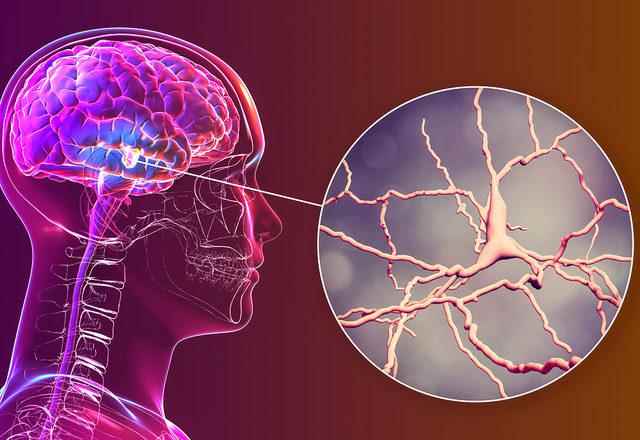Parkinson’s disease occurs when cells in the brain called dopamine break down. This disease progresses day by day, leading to deterioration of the patient’s vital and social activities. Although Parkinson’s disease, known as the disease of old age, usually occurs after the age of 60, this average age is decreasing day by day. Parkinson’s disease can also be seen in the 40s. According to studies, having nightmares in your 60s can be a sign of Parkinson’s.
THOSE WHO HAVE nightmares at an advanced age SHOULD GET MEDICAL ASSISTANCE
Researchers found that men who had bad dreams at least once a week were three times more likely to develop the condition. Academics at the University of Birmingham analyzed 3,800 older men over 12 years. All of the participants were 67 years or older. The results of the study showed that 91 men had Parkinson’s disease. The analysis found that men who had trouble sleeping because of bad dreams at least once a week were 2.01 times more likely to be diagnosed with Parkinson’s. Dr Abidemi Otaiku and her colleagues urged people who experience changes in their dreams in old age to ‘seek medical attention’.
EARLY DIAGNOSIS IS IMPORTANT

Early diagnosis of Parkinson’s, which causes muscle tremors and stiffness, is important for monitoring and treating its progression. As brain cells die in Parkinson’s disease, the patient begins to get worse and unable to complete daily tasks. A definitive test for Parkinson’s is not yet available, meaning patients often aren’t diagnosed until the concussion begins. Dr Otaiku said it would be ‘really beneficial’ to find a way to detect the condition earlier.
PARKINSON CAN TRIGGER DREAMS

Researchers believe that intense, vivid and frightening dreams may be one of the earliest signs of Parkinson’s. Parkinson’s, they said, can trigger nightmares because of damage to parts of the brain that regulate emotions during sleep.
WHAT ARE THE SYMPTOMS OF PARKINSON?

Tremor, hand tremor: Uncontrolled movement of the thumb, tremors in the chin and lip, and sometimes twitching in the leg muscles may accompany. It should not be forgotten that not all hand tremors mean Parkinson’s disease. The tremor in Parkinson’s disease occurs when the hands are at rest. It is necessary to distinguish it from tremors that occur when stressed and excited, develop after coffee or drug consumption, or with a familial tremor disease called essential tremor.
Slowing of movements (Bradykinesia): Difficulty in starting and maintaining movement are common findings in Parkinson’s Disease. Patients often walk with short steps and have body aches due to muscle stiffness.
Changes in speech: Parkinson’s symptoms include an increase in speech speed or speaking with a low tone of voice, decreased facial expressions and monotony of speech.
Distortion of handwriting: Sudden worsening of handwriting, shrinkage of words or close spelling of words should suggest Parkinson’s disease.
